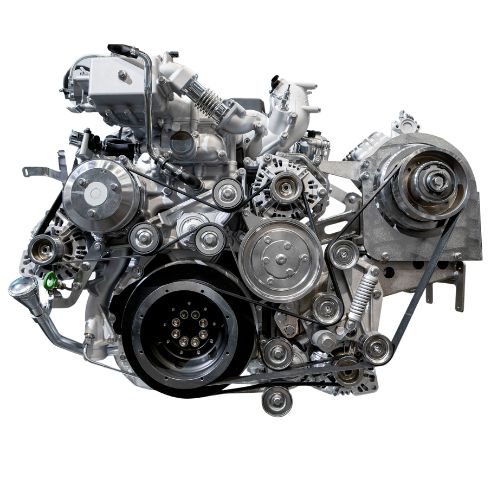BMW M50 Engine
Large Network Of Engine Suppliers
Compare Quotes
Save Money
Save Time
BMW M50 Engine For Sale
This engine family was born to replace the now dated M20 family, which by now was inadequate to the new models, due to poor performance in relation to the increased mass of the models themselves. The M20 family was however the starting point for creating this new family, whose salient features were:
6- cylinder in-line architecture ;
electronic injection power supply ;
DOHC type distribution with 4 valves per cylinder;
displacements between 2 and 2.5 liters.
M50 engine on a 1993 BMW 525i Touring E34
The M50 family was divided into five versions, up to 1995, and was then replaced by the M52 family. The S50 engines are also derived from this family, with displacements between 3 and 3.2 liters.
Best Engine Replacement Procedure
- Swap the engine’s oil, fuel and oil filters, and coolant.
- Install new engine and external coolers if existing.
- Cleanse the cooling system thoroughly, then replace the water pump.
- Renew necessary hoses and belts.
- Install a new timing belt, spark plugs, and wires.
- Replace essential gaskets and seals, focusing on the oil pan, front, and rear main seals.
- Clear the vehicle’s computer codes before engine installation.
- Ensure the replacement engine matches the original specifications.
- Transfer exhaust manifolds, mounts, distributor, and sensors from the old engine.
- Disable fuel and ignition before ignition to prime the oil.
- Ensure no plugs or tape remain on the engine before installation.
7 Common Mistakes to AVOID!
- Not resetting the vehicle’s computer codes before installation.
- Skipping the step of adding engine oil before the first startup.
- Forgetting to deactivate the fuel and ignition systems, essential for priming the oil.
- Ignoring the replacement of the oil cooler or the radiator’s integrated oil cooler.
- Overlooking the cleaning of the radiator and checking the operation of the cooling fans.
- Not swapping out the flywheel and its securing bolts.
- Trying to initiate the engine’s first run without proper priming.
